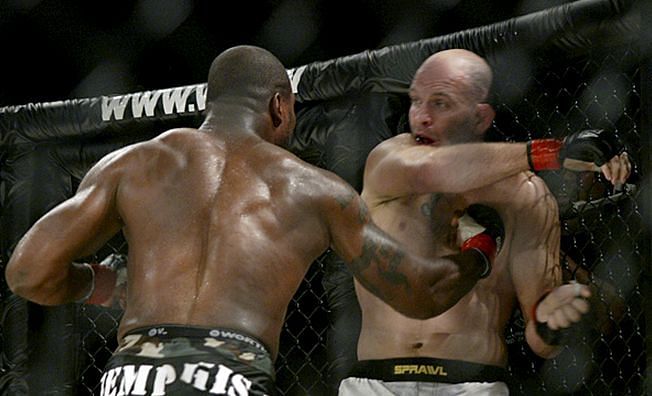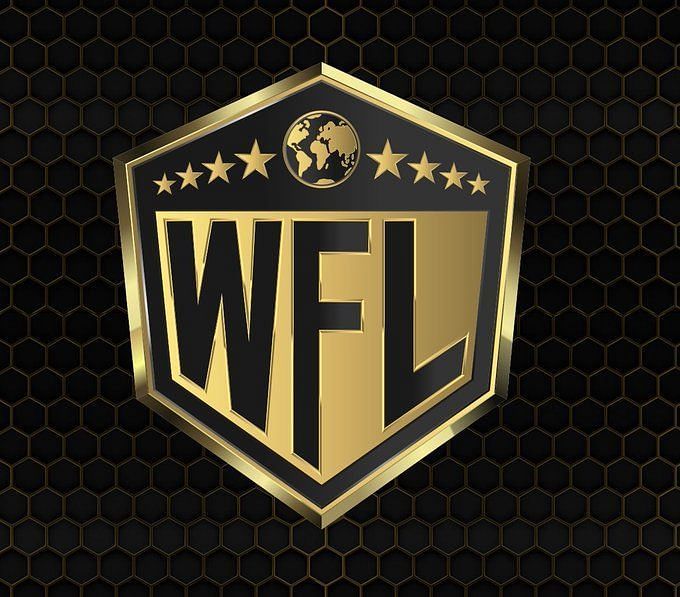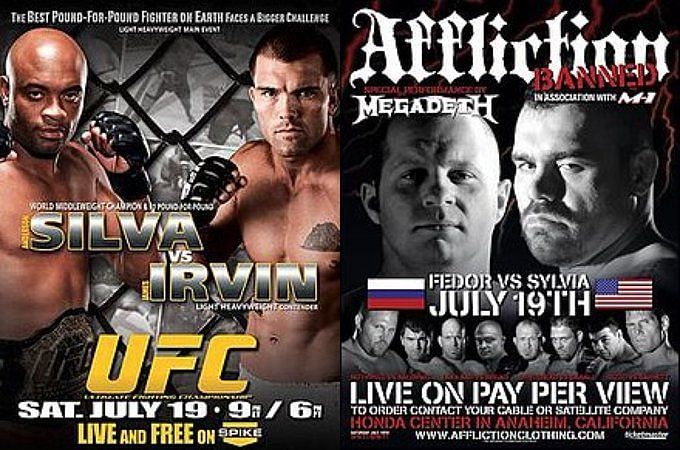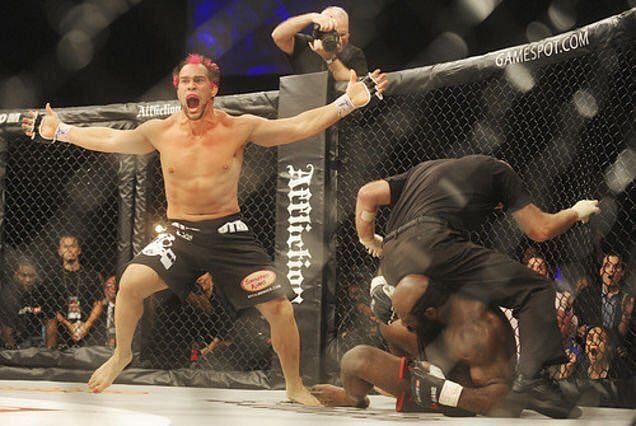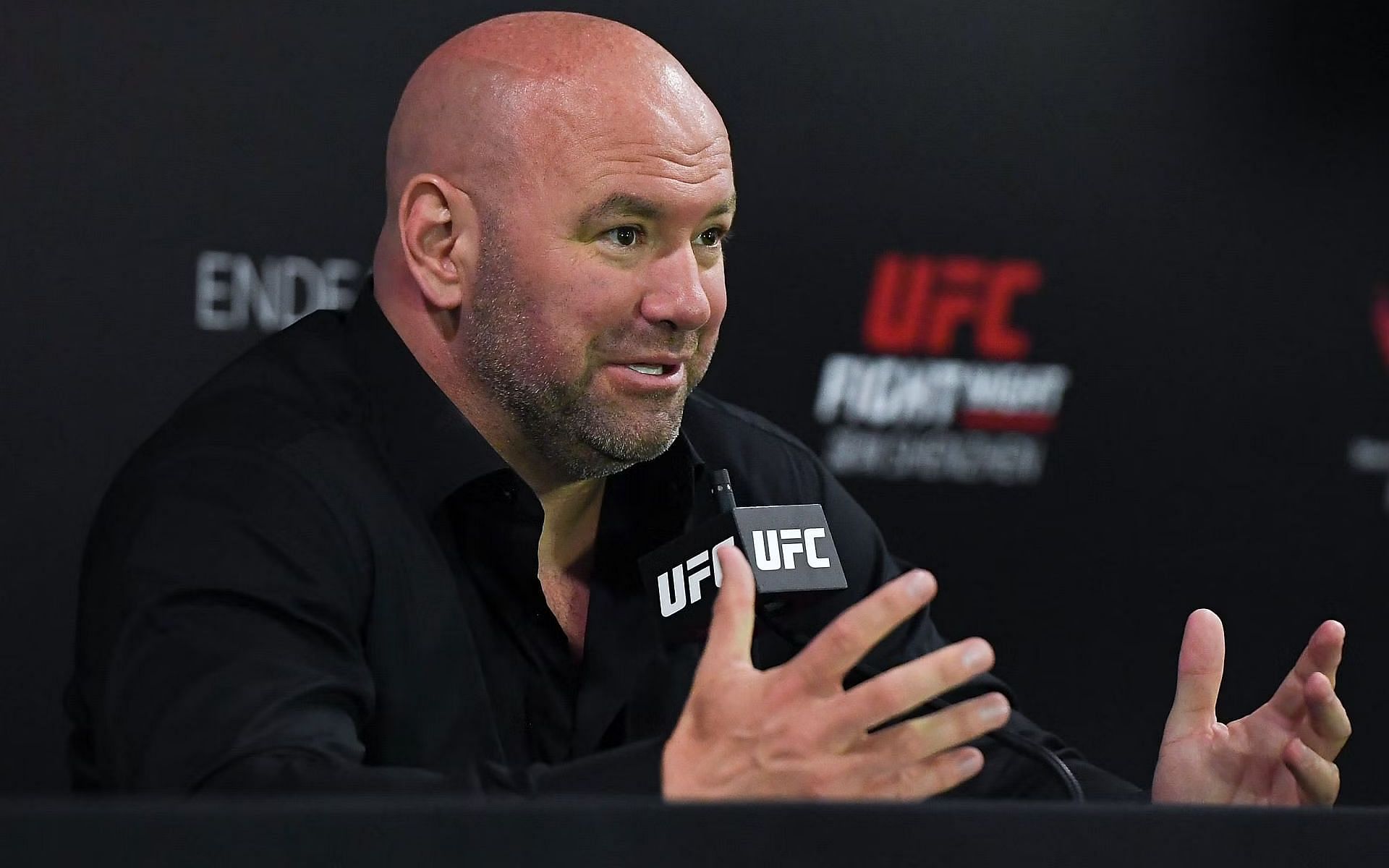
5 promotions that tried to rival the UFC but failed
The UFC’s position as the world’s biggest MMA promotion is not up for debate, but the PFL, who recently signed YouTube star Jake Paul, will be hoping to challenge that in the near future.
Over the years, we’ve seen a number of promotions attempt to challenge the dominance of the UFC, but the majority have been unsuccessful. Will the PFL be the next rival promotion to join this list, or will they be able to make a bigger mark after signing on Jake Paul? Only time will tell.
For now, here are five promotions that tried to rival the UFC, only to fail.
#5. UFC vs. WFA
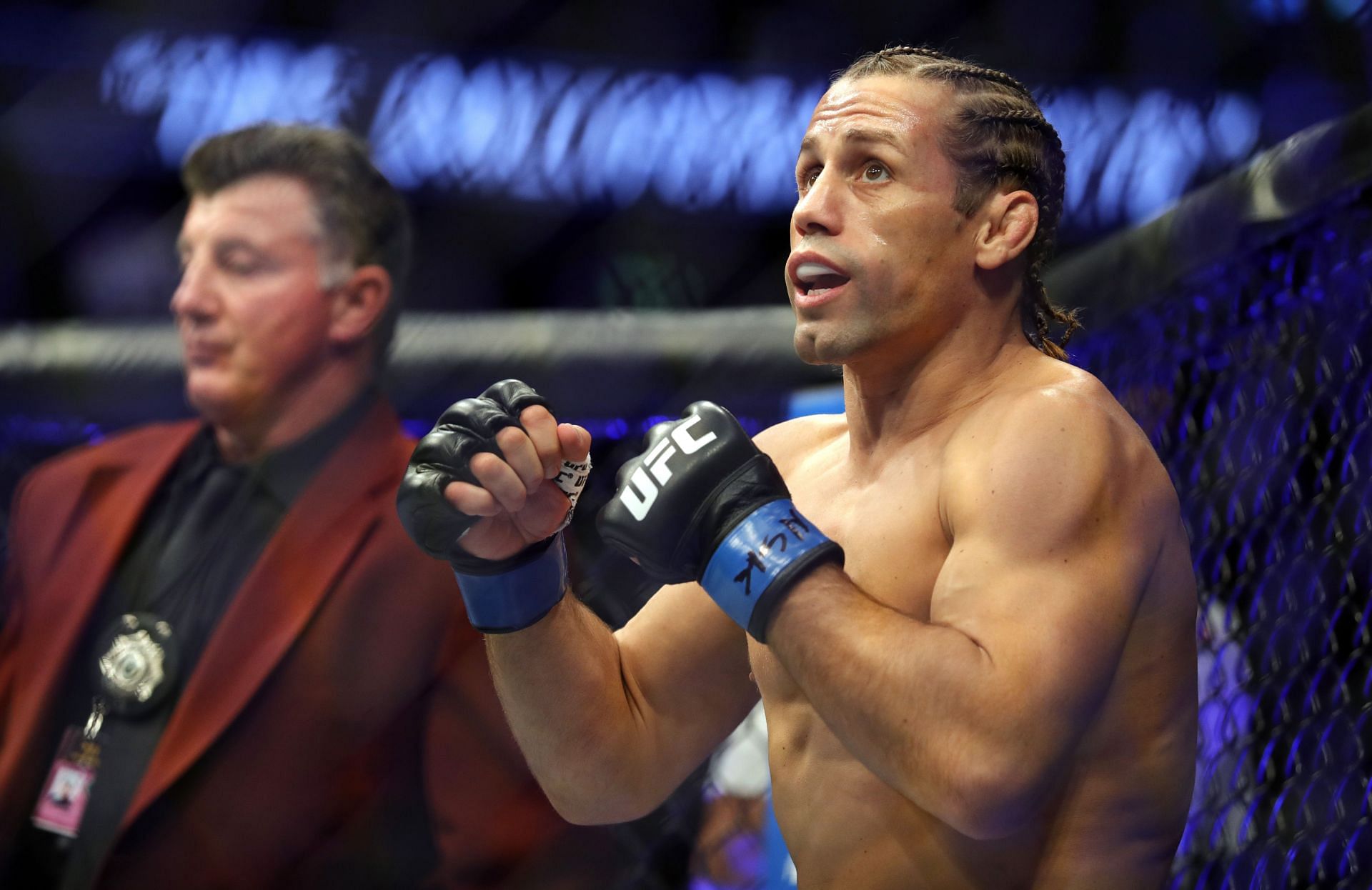
When the UFC first rose to prominence following the initial MMA boom caused by The Ultimate Fighter reality show in 2005, the landscape was very different. Many of the world’s best fighters still competed in Japan’s PRIDE promotion, so it wasn’t a surprise to see rival promotions spring up in an attempt to challenge for market dominance in the US.
The first such promotion was the World Fighting Alliance (WFA), which made big moves in 2006 by signing some major stars. After inking Quinton ‘Rampage’ Jackson from PRIDE, they quickly signed a mix of high-level prospects, free agents, and returning legends, including Lyoto Machida and Bas Rutten.
However, despite plenty of hype around their first pay-per-view, entitled ‘King of the Streets,’ the promotion failed to make a dent. The event flopped, failing to draw a live crowd or a big buy rate, and within months, it was rumored that the WFA’s owners were in financial difficulty.
By the start of 2007, it was announced that the WFA had officially been bought out by the UFC. They purchased both the brand and the contracts of fighters such as Jackson, Machida, and Urijah Faber, who hadn’t even made his WFA debut at that point.
Since that point, most fans have forgotten this rival promotion, although it did make a strange revival of sorts in 2010, appearing in the video game UFC Undisputed.
#4. UFC vs. IFL
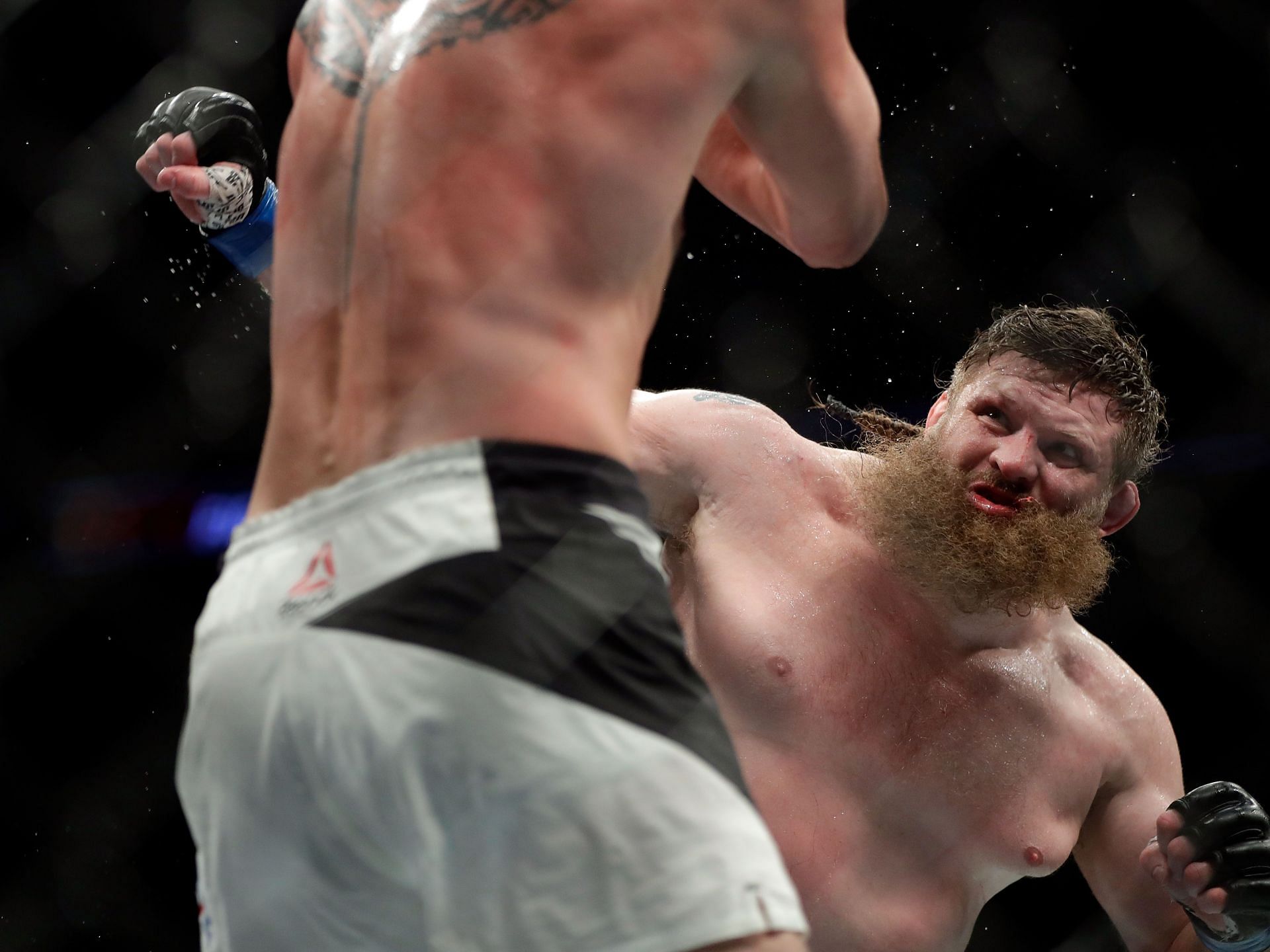
Another rival promotion to first appear in 2006 was the International Fight League (IFL). They took a different approach to the UFC, and rather than promote one-on-one affairs, their events saw rival teams fight in a series of bouts and compete in a league.
Unsurprisingly, it didn’t take the promotion long to end up in Dana White’s bad books. Initially, he attacked the promotion for attempting to turn MMA into a team sport, famously saying, “I don’t know who wants to see the Crazy Beavers fight the Woodchucks.”
Soon after, White and the company outright filed a lawsuit against the IFL, who was accused of illegally using proprietary information by hiring some of the UFC’s former executives.
In turn, the IFL accused them of attempting to prevent potential partners from working with the upstart promotion. One rumor even suggested that the UFC’s acquisition of the WEC was a ploy to prevent the IFL from inking a television deal with the new Versus network.
Eventually, once it became clear that the fan interest simply wasn’t there when it came to the IFL’s team concept, White simply began to ignore his potential rival. Sure enough, the promotion continued to produce events through 2006 and 2007 to lessen fanfare, but by 2008, financial difficulties began to ensue.
By that summer, it was clear that the IFL could not continue. After a final show in May, the promotion closed its doors, with most of its top fighters moving to the UFC, including future heavyweight star Roy Nelson.
In this instance, White’s adage about MMA not being a team sport was proven correct.
#3. UFC vs. Affliction MMA
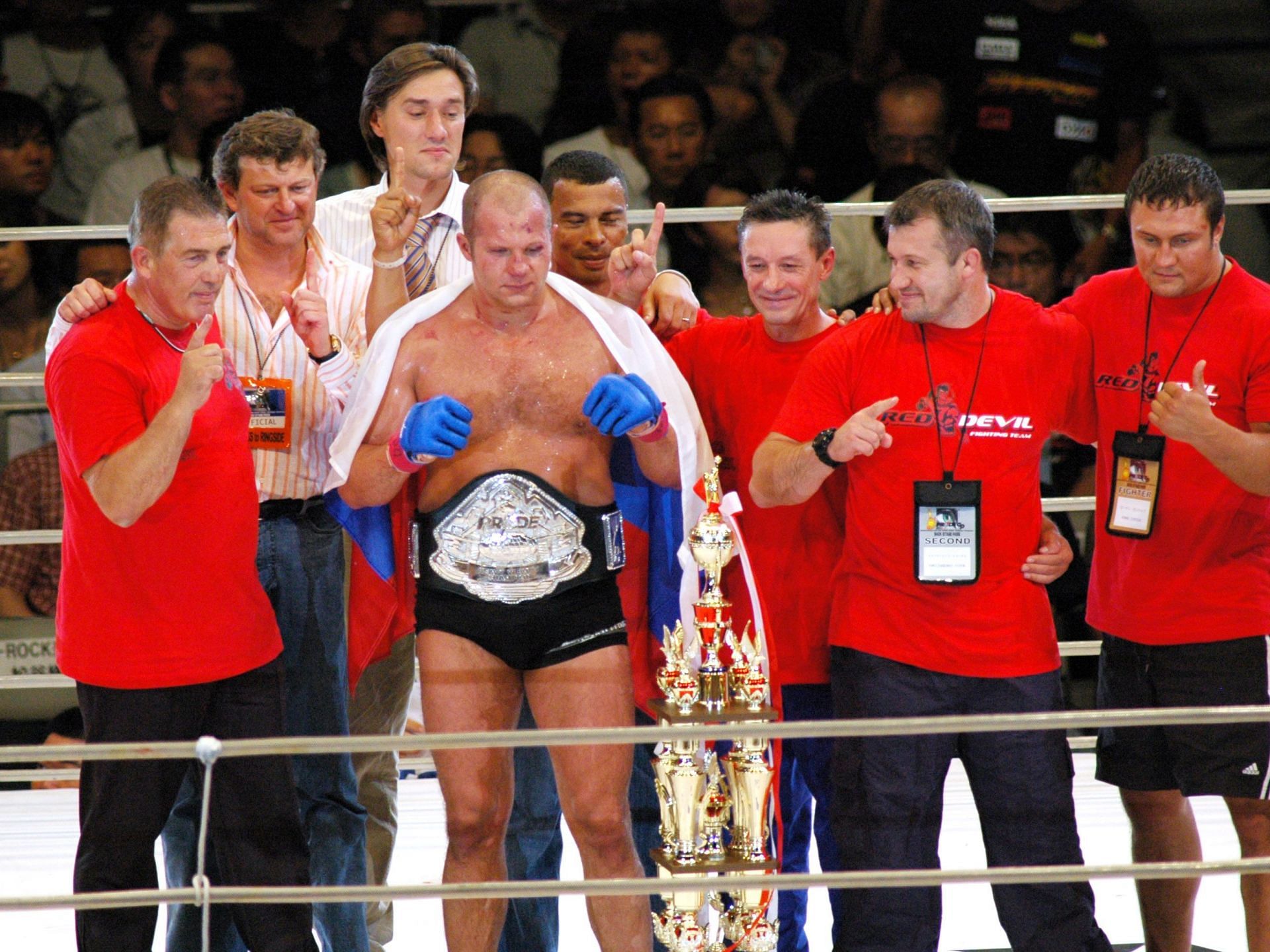
It’s arguable that the promotion that attempted to make the biggest dent in the UFC’s market dominance was Affliction MMA. Unfortunately, a couple of bad missteps meant that they, too, joined the list of potential rivals that ended up crashing and burning.
Initially recognized as an MMA-focused clothing brand, Affliction’s owners decided to move into the world of promotion in early 2008. It was an interesting time in MMA, as the sport’s consensus No.1 heavyweight Fedor Emelianenko had turned down the opportunity to fight in the octagon and was instead acting as an expensive free agent being promoted by Russia’s M-1 Global organization.
In turn, the UFC’s heavyweight champion, Randy Couture, was so desperate to fight the Russian that he’d essentially attempted to strongarm his way out of the promotion, landing him in a lengthy legal battle in the process.
Affliction’s backers figured that they could promote the Fedor vs. Couture fight and quickly set up their own organization. Like the WFA before them, their approach was simple; sign as many high-level free agents as possible, attempt to poach stars from the UFC, and compete directly with them.
Their first pay-per-view, which saw Fedor face Tim Sylvia, was well-received by hardcore fans, but it quickly became apparent that Affliction had more than a couple of issues.
First, Couture was stuck in a legal battle, meaning there was no way he could fight for them. Secondly, Dana White and the company were more than intent to counter-program them, putting a dent in their pay-per-view buys.
Thirdly, and most importantly, they’d hugely overpaid for fighters who weren’t big draws at the time, such as Sylvia, Matt Lindland, and Andrei Arlovski. Overall, it meant they were bleeding money fast.
Affliction produced one final show in 2009 before closing shop, with many of their contracts being bought out by the UFC. Their story was proof that a promoter couldn’t simply throw big money at fighters without having a plan first – something today’s advocates for boxing-type paydays would do well to remember.
#2. UFC vs. Elite XC

The most notorious promotion that attempted to compete with the UFC remains Elite XC. They didn’t make quite as much noise as Affliction, who were promoting events at a similar time, but they were arguably more successful.
In fact, Elite XC was the first MMA promotion to sign a contract with a network television company in the US, namely CBS. They produced a handful of events for the channel in 2008 and also made a dent by purchasing a number of smaller promotions underneath them, too.
However, the big mistake made by EXC executives – including famed boxing promoter Gary Shaw – was to attempt to build their whole promotion around former street brawler Kimbo Slice.
Slice had the charisma to become a big star and indeed became a cult favorite with MMA fans worldwide. However, he just didn’t have the fighting ability to back his reputation up. Essentially due to overspending, EXC was already in trouble financially by the time they promoted their final, disastrous show on CBS in 2008.
When Slice then suffered a knockout at the hands of late replacement Seth Petruzelli, who then inferred that he’d been offered more money to stand with the brawler rather than take the fight to the ground, the writing was on the wall for the promotion.
Faced with significant debt and an investigation by the Florida State Athletic Commission into exactly what’d happened in the Slice/Petruzelli fight, Elite XC closed shop before the start of 2009.
In this instance, Dana White didn’t even have to do much to combat the challenge of Elite XC, even though they made a number of important inroads for MMA. Instead, he simply sat back and watched them self-destruct instead.
#1. UFC vs. StrikeForce
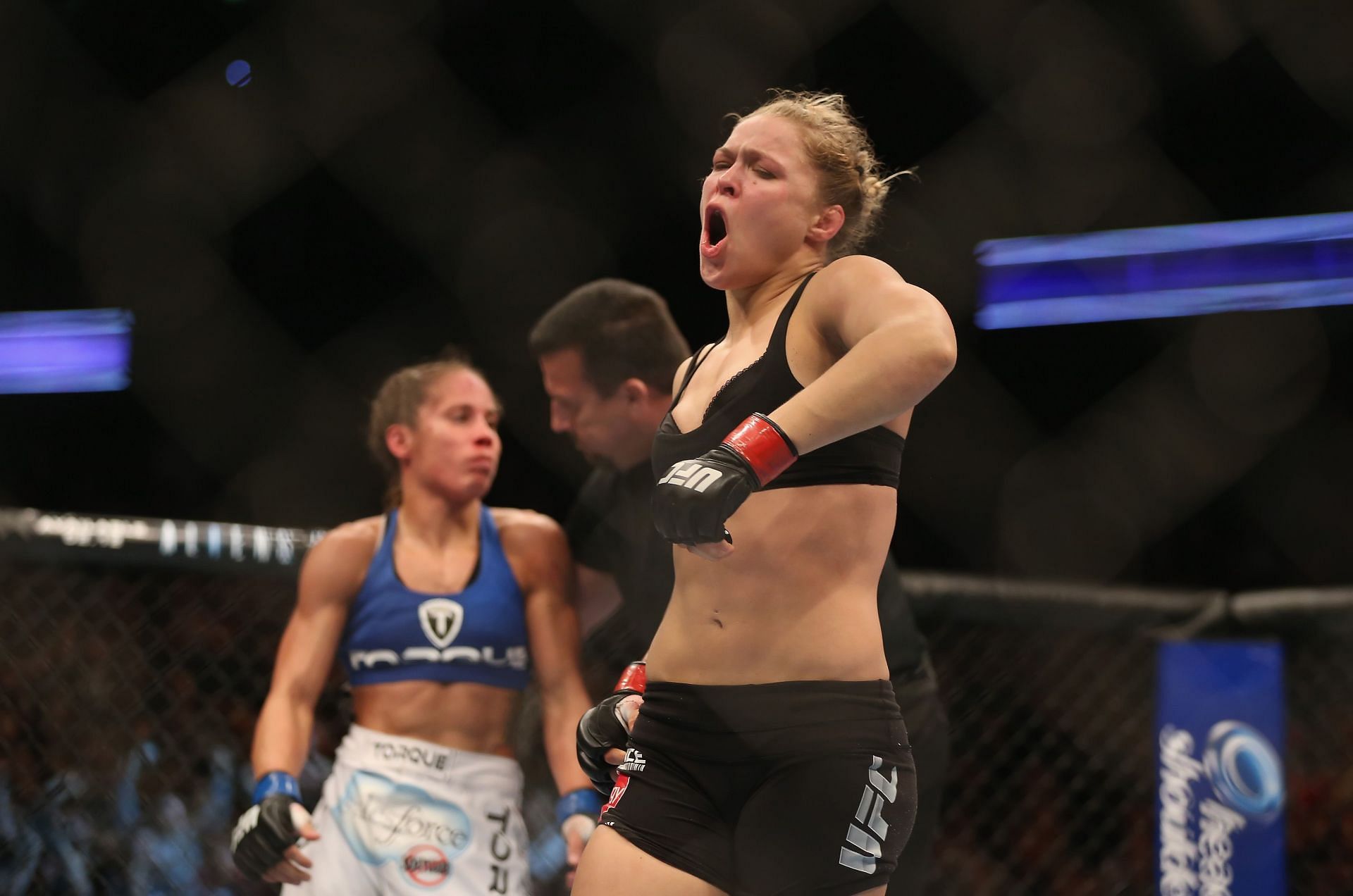
The only rival promotion that didn’t end up making mistakes en route to failing to challenge the UFC’s dominance of the MMA market was StrikeForce. Instead, the California-based operation took smaller steps than the likes of Elite XC and Affliction and was more successful for it.
Scott Coker was able to salvage the mess left behind by the implosion of those two aforementioned promotions, buying the contracts of a number of their fighters and also taking up the CBS television deal, too.
With the majority of their events being broadcast by Showtime, StrikeForce turned fighters like Nick Diaz, Gilbert Melendez, and Alistair Overeem into stars while also launching the careers of future stars like Daniel Cormier and Ronda Rousey.
Coker was even able to sign some major stars from the UFC, including Dan Henderson, who moved to the promotion as a hot free agent following his famous knockout of Michael Bisping.
By 2011, StrikeForce had positioned itself as a viable No.2 organization behind the UFC. Rather than go on the offensive, as they’d done with some of the other rival promotions, White and the Fertitta brothers simply went down a different route – and made StrikeForce’s backers an offer they couldn’t refuse.
In a stunning piece of news that largely came out of nowhere, early 2011 saw the announcement that StrikeForce had been acquired by the UFC. While the initial plan was apparently “business as usual,” by 2013, the promotion had shut its doors with its entire roster moving to the bigger show.
It proved to be a masterstroke for White, who both eliminated a major competitor and added plenty of talent to their roster in one swoop.

